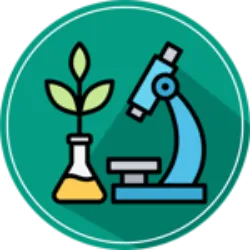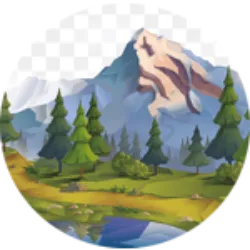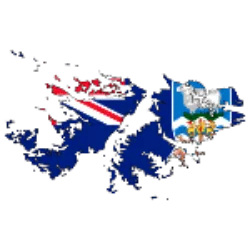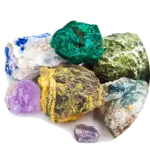Earthquakes: Understand How They Form
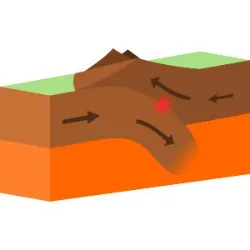
Earthquakes, also called seismic events, are natural phenomena characterized by tremors on the Earth's surface, caused by the movement of tectonic plates. These events can occur anywhere in the world, but are most common in regions located along geological faults, where the Earth's crustal plates meet.
Earthquakes are caused by the accumulation of tension in underground rocks due to the movement of tectonic plates. When this tension reaches a limit, a sudden release of energy occurs, resulting in seismic waves that propagate through the ground. The underground point where the rupture occurs is called the hypocenter, while the area directly above, on the surface, is the epicenter, where tremors are usually most intense.
Earthquakes can range from small, barely noticeable tremors to devastating earthquakes, capable of causing destruction of buildings, tsunamis and other natural disasters. The intensity of earthquakes is measured by scales such as the Richter scale (ranging from 0 to 10), which assesses magnitude, and the Mercalli scale (ranging from I (imperceptible) to XII (total destruction)), which measures the effects of the tremor.
Experts use seismographs to monitor seismic activity and try to predict possible tremors.
A Technology Visionary

Ada Lovelace , born Augusta Ada Byron on December 10, 1815, is recognized as the first computer programmer. The daughter of the poet Lord Byron and mathematician Annabella Milbanke, she received an education in mathematics and science. She worked with Charles Babbage on the Analytical Engine, where she translated a paper in 1843 and included the first algorithm for computer processing. Lovelace predicted that computers could create art and music. In 2009, Ada Lovelace Day was established on the second Saturday in October to encourage women in STEM. She died on November 27, 1852, leaving a lasting legacy in computing.
Test yourself with one of these challenges 👇
Discover some interesting facts about Diversity
The discovery of penicillin: a revolution in medicine

The discovery of penicillin: a revolution in medicine. In 1929, by a stroke of luck, Alexander Fleming found the first antibiotic, penicillin. During World War II, its potential was extensively tested, saving countless lives. Noel Rosa and many other artists could have been saved from tuberculosis if this discovery had occurred earlier.
The curious thing is that Fleming, a researcher dedicated to bacteria, left a culture plate forgotten during the summer. By chance, some bread crumbs fell on it, creating fungus. When his colleague Merlin Pryce noticed something strange in the plates about to be discarded, Fleming realized that the fungi had eliminated the bacteria, giving rise to penicillin, a milestone in the history of medicine.
Tsunami: Giant Wave
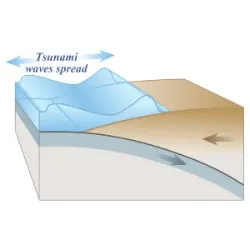
Tsunamis are giant waves formed in the ocean due to underwater disturbances, such as earthquakes, volcanic eruptions, landslides and even asteroid impacts. Unlike common waves caused by wind, tsunamis are generated by the abrupt displacement of a large mass of water.
How is a Tsunami Formed?
Initial Event – An underwater earthquake is the most common cause of tsunamis. When there is a sudden movement in the Earth's crust under the ocean, the ocean floor can rise or sink, displacing huge volumes of water.
Wave Propagation – After the water has moved, seismic waves spread rapidly in all directions, reaching speeds of up to 800 km/h in the open sea.
Increase in Height – In the open sea, waves can be just a few centimeters high and go unnoticed. However, as they approach the coast, where the depth decreases, the speed slows down and the accumulated energy causes the waves to grow, reaching heights of over 30 metres.
Impact on the Coast – The tsunami hits the land with enormous force, flooding coastal areas, destroying buildings and sweeping away everything in its path. Often, there is a sudden retreat of the sea before the waves arrive, which can be a warning sign.
Australia is a country and a continent at the same time
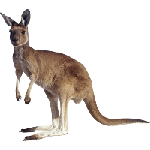
Australia is a country and a continent at the same time. Its original inhabitants are the aborigines and among the famous animals that inhabit it are the kangaroos, koalas, platypus and the Tasmanian Devil.
The spider is an order of arthropods of the Arachnida class
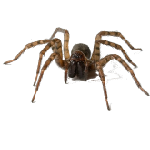
The spider is an order of arthropods of the Arachnida class. So, contrary to what many people think; It is not an insect. They have chelicerae, which are appendages that protrude from the side of their mouth and inject venom. They also have a cephalothorax, an abdomen and 4 pairs of legs.
Butterflies are insects of the order Lepidoptera (wing with scales)
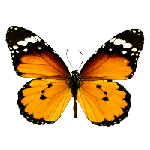
Butterflies are insects of the order Lepidoptera (wing with scales). Its life cycle consists of 4 stages: egg, larva, pupa and imago (Adult). Their body is divided into 3 parts: Head, thorax, abdomen and they have 3 pairs of legs.
Test yourself with one of these challenges 👇
HOME


